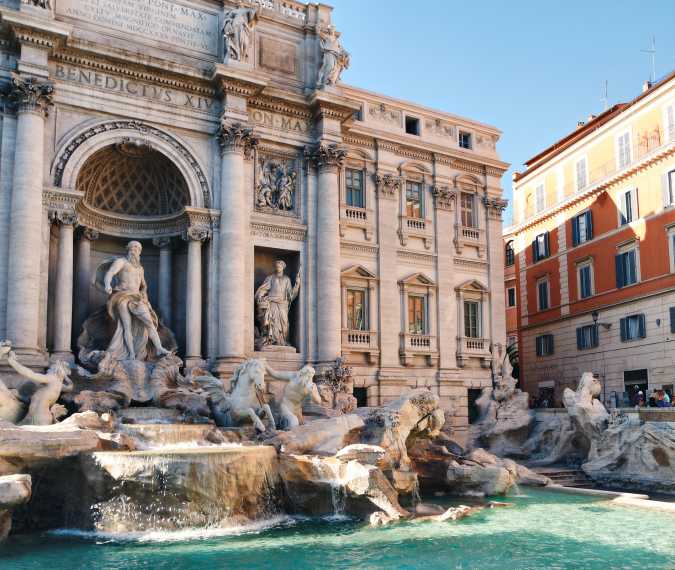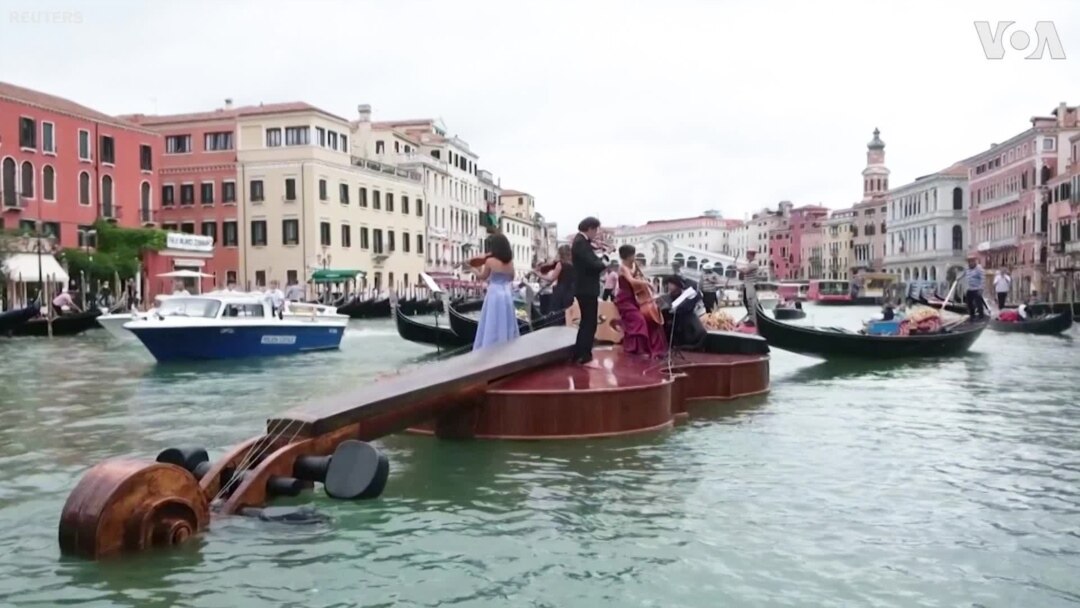
The hidden underground treasures of the Trevi Fountain
It is a secret of thousands of years, a real feast for the eyes that has been hiding right under the noses of millions of tourists.
Rome is not unjustly characterized as an "open-air museum" as in addition to its magnificent and imposing monuments, it also hides great treasures hidden under the ground. One of Rome's most famous landmarks, the Trevi Fountain, hides an archaeological site in its underground which dates back to the Roman Empire and early Christianity, such as the city's famous catacombs. It is the Roman aqueduct of 19 BC, located just below the Trevi Fountain, which was built as the top of this aqueduct.
Vicus Caprarius, known as the City of Water, is an ancient Roman apartment complex located beneath the city’s Trevi district, including its famed fountain. This aqueduct is also the one that feeds into the Trevi Fountain, where the tourists throw their coins in by making a wish.
It was only discovered in the late 1990s, when one of the most famous cinemas was being built just a few meters from the famous fountain in the Italian capital. The owner was in front of a very big surprise as under his theater, there was part of a Roman aqueduct.
The excavations then brought to light an ancient part of Rome and more specifically the underground aqueduct created by Agrippa in 19 BC, while a house was also discovered that is believed to have belonged to one of the richest families of the first century AD. Archaeologists have also found terracotta figurines, African pottery, mosaic tiles, and over 800 coins that are now on display in the "City of Water" archeological collection.
For more information on how to visit, check out the official website.


